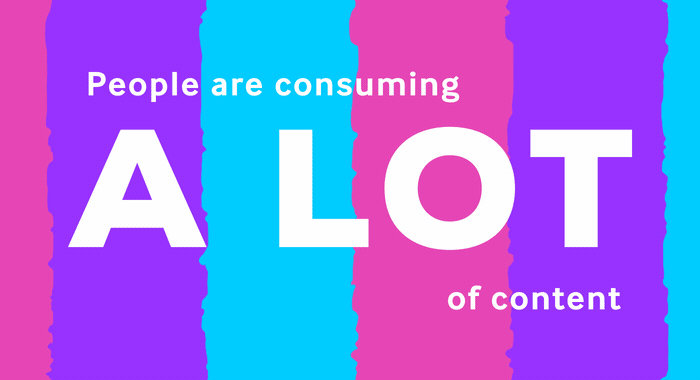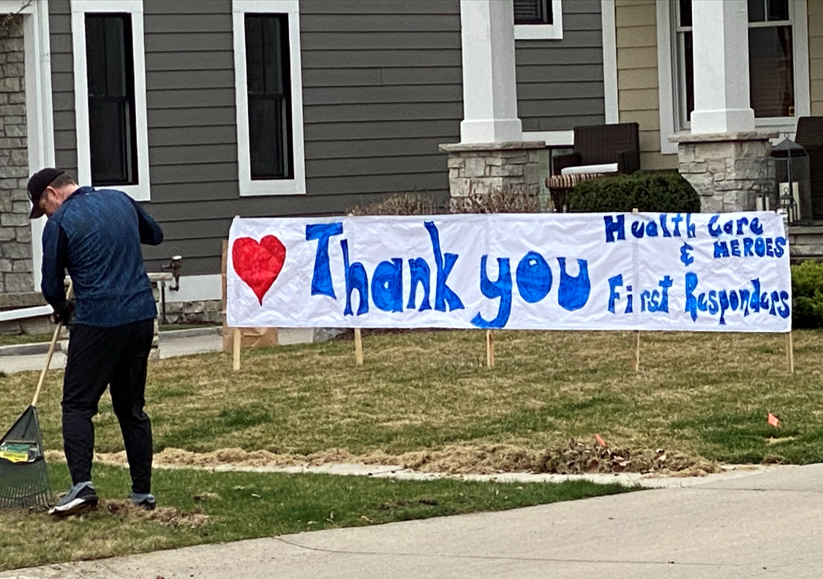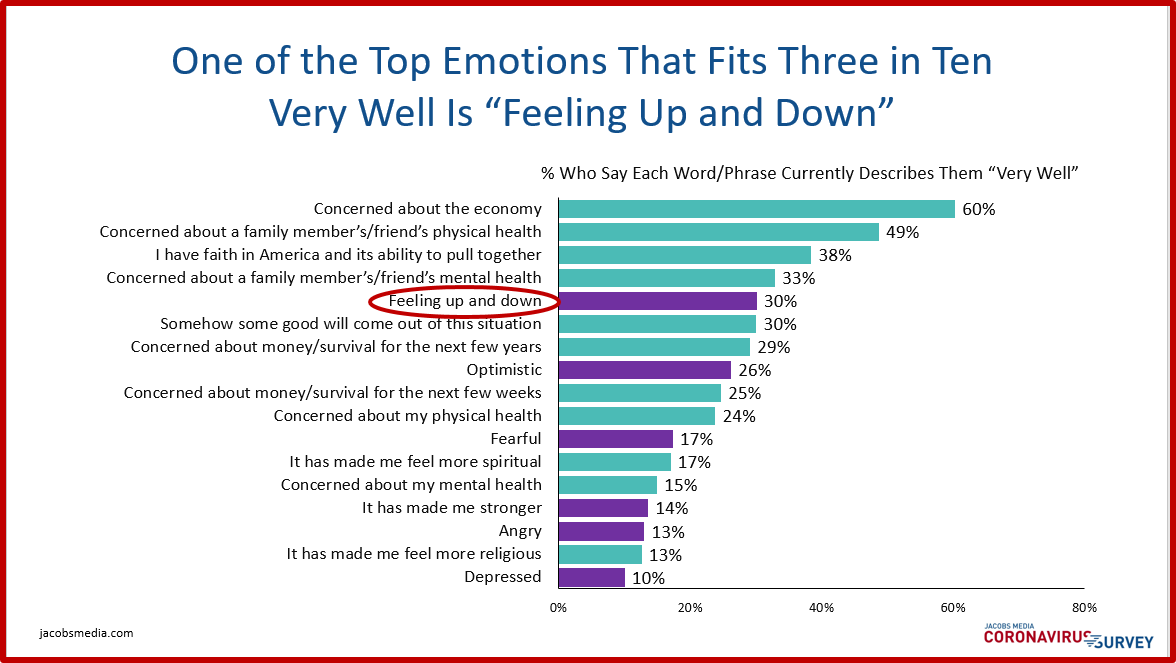
In much of my discussions with media executives these past few weeks, the ongoing topic is trying to get a handle on the impact of COVID-19 on our business and personal lives.
There’s much research being conducted on the topic – including our three studies for commercial, public, and Christian music radio we released a couple weeks back. Among other things, we’re learning the coronavirus outbreak is considered a full-blown crisis, news and public radio shares are  running higher, and that consumers are drinking a lot more alcoholic beverages than before. We also know the #1 thing they’d like their local radio station to do is support local “first responders.”
running higher, and that consumers are drinking a lot more alcoholic beverages than before. We also know the #1 thing they’d like their local radio station to do is support local “first responders.”
When you look at these behavioral patterns on the surface, a story begins to emerge about how our lives are changing, providing glimpses of what the “new normal” might look like. As a trendwatcher, I’m constantly reading, studying, and doing a lot more listening to learn more about what could be a seismic shift in our culture.
Sometimes you have to look in unconventional places. A few years ago, academicians created a Dry Cleaning Index. The idea behind it was the theory that the business health of the nation’s dry cleaners was a harbinger of the health of the economy. It revolved around the notion that lots of people having suits and business apparel clean translated to job interviewing activity.
Of course, this offbeat indicator probably doesn’t hold as much water today, because more workers have shifted to wearing casual clothing. And these days with so many working at home, the need to dry clean pajamas, bathrobes, or sweats is pretty low.
So, what else might we use to better understand what’s going on with the global pandemic crisis, and how it affects our world.
GIFs.
Whether you pronounce them with the “hard g” (like in “gift”) or the “j” sound (like the peanut butter), these animated image files litter many social media pages. Like emojis, they are shorthand for our moods, feeling, and vibes.
But they’re more than that.
As social media maven, Lori Lewis, wrote last year in “Merge,” her AllAccess column:
“GIFs are life. They allow us to quickly express a visual emotional response or quickly reference pop culture.”
Or perhaps culture in general.
That fact is, we can learn a lot from GIF search trends because they are a window into our souls. Social Media Today’s Andrew Hutchinson recently wrote an article that backs this up. GIFs vividly illustrate our state of mind, our mood, and in many ways, the current vibe. Right now, that’s an important thing to grasp and track, especially when you’re a content creator in an increasingly unstable media business.
In our recent COVID-19 study, we also sought to define the mood of radio listeners as they wrestle with our increasingly isolated reality. On the chart below, I’ve highlighted emotional words that summarize how people feel about this virus and its impact on their lives.
While there are deep concerns about the state of the economy, when we look at emotional buzzword, it’s this “up and down” feeling that stands out above all else.

And so it is with GIFs.
Hutchinson reports that as #stayathome has proliferated to most of the 50 states, GIF usage is up 33% – now more than 10 billion GIFs are being shared on GIPHY’s platform a day.
In fact, GIPHY – the top platform for this content – says that GIF search terms have changed since most people are holed up at home. While the word “coffee” almost always peaks during the morning, other terms – Netflix, drinks, party – that used to be more daypart specific are now being used at all different times of day.
This suggests that as many people are now longer in regimented routines (when they wake up, go to work, have dinner), GIF searches that were once connected to their schedules have become more random. Before and after the outbreak, coffee in the morning was the only morning constant.

Of course, that has implications on radio, a medium that has long depended on predictable lifestyle patterns tied to listening locations throughout what used to be considered “a typical weekday.”
Another key trend evident in the search for GIFs is the strong possibility that interests may be shifting away from the hyper-focus of the virus. GIPHY reports that COVID-19 searches dominated in early March – it was all that consumers were talking about. From masks to grocery shopping to the state of our hospitals and health care, the virus was numero uno.
But by the end of the month, they were increasingly searching for other things, looking for other pursuits. “Tiger King,” National Puppy Day, “Animal Crossing,” and others began to show up.
Now that we’re deeper in April, that trend away from “All COVID, all the time” may be amping up. You can see that in a random half hour on TikTok – escape is beginning to set in, and perhaps that’s a healthy sign.
It suggests some normalization, with definite implications for broadcast radio shows. Yes, the coronavirus crisis is still the topic – and will likely continue to be – but other interests making their appearance. And that’s a good sign.
Wonder how many people are searching for “radio” GIFs – besides me and Michelangelo.
- Why “Dance With Those Who Brung You” Should Be Radio’s Operating Philosophy In 2025 - April 29, 2025
- The Exponential Value of Nurturing Radio Superfans - April 28, 2025
- What To Do If Your Radio Station Goes Through A Midlife Crisis - April 25, 2025




Leave a Reply